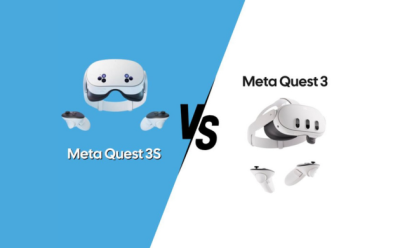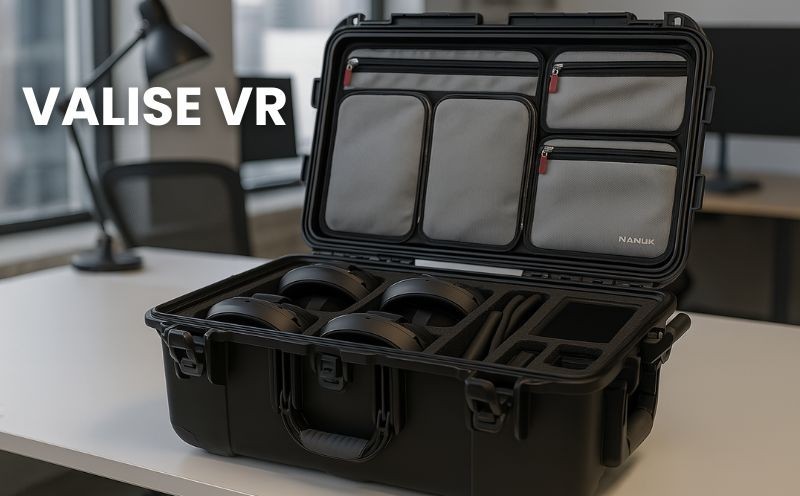Category
Blog Archive
Blog Search
Popular Articles
Meta Quest 3S vs Meta Quest 3; What are the differences?
09/26/2024 16:36:45
.png)

With the success of the Quest 2, Meta had to offer an even more advanced, high-performance product. Meta and Qualcomm are partners in the integration of Snapdragon processors into the range's virtual reality headsets. The Meta Quest 3 is equipped with the Snapdragon XR2 Gen 2 processor, which is significantly superior to the Quest 2, offering higher graphics fidelity and 2.5 times the processing speed of the Meta Quest 2. These performance enhancements will enable the creation of more immersive and realistic stand-alone virtual experiences. Gamers will be able to enjoy more detailed graphics, as well as improved overall power.
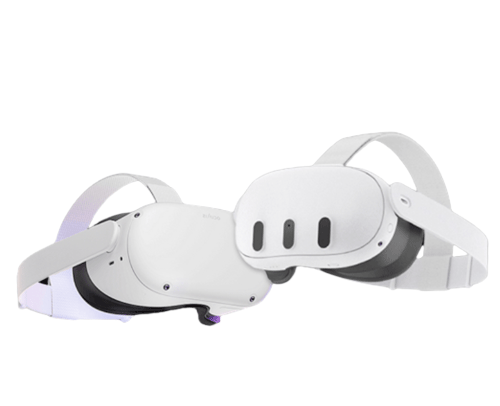
The Meta Quest 3 offers a slightly higher screen resolution than the Quest 2, 2064 x 2208 pixels per eye versus 1832 x 1920 pixels per eye. This translates into slightly improved visual sharpness, from 17.6 pixels per degree on the Meta Quest 2 to 19.8 pixels per degree on the Meta Quest 3. However, the difference is minor and will only be perceptible to the most meticulous observers. In fact, the field of vision of both headsets is identical, at 97°. What really sets the two headsets apart is the quality of the graphics, which is enhanced by the Meta Quest 3's more powerful processor.
In terms of dimensions and comfort, the Meta Quest 3 is 40% thinner and easier to wear. Bear in mind that the Meta Quest 2 is only 12 grams lighter, which is hardly noticeable. Weight is more evenly distributed on the user's head with the Meta Quest 3, but the differences seem slight, with a wide range of accessories available for both models on our site.
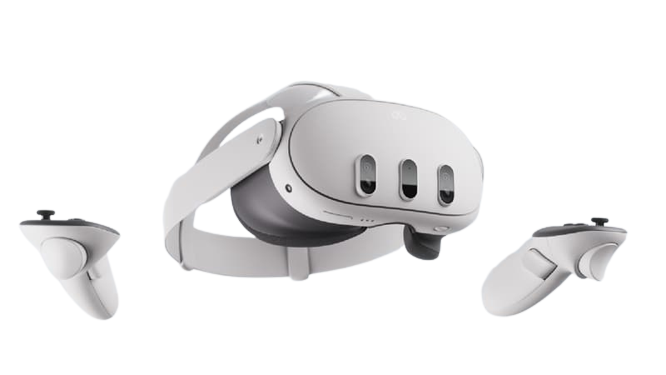 |
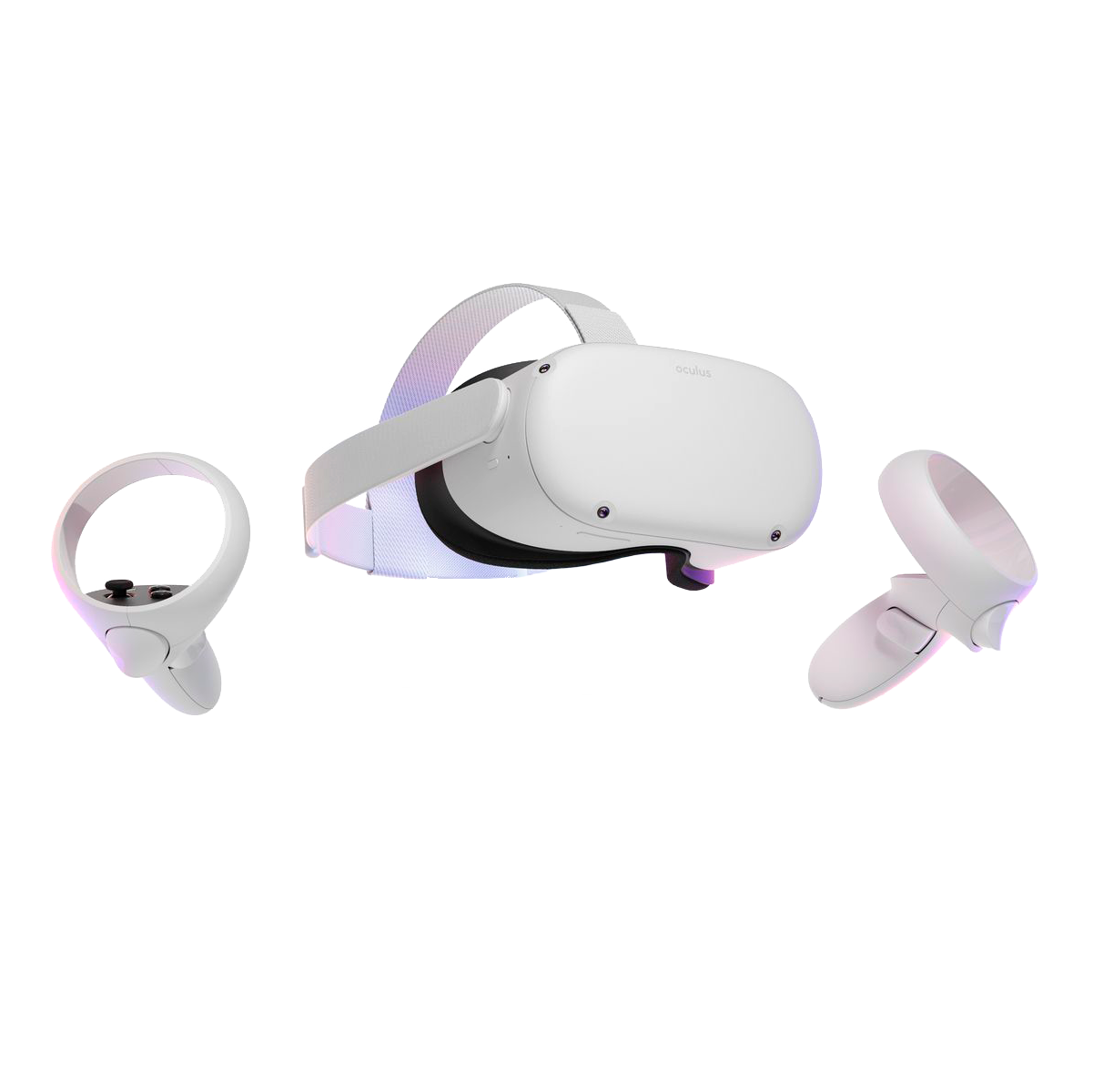 |
|
| Résolution | 2064 x 2208 pixels per eye | 1832 x 1920 pixels per eye |
| Moteur d’écran | Simple LCD | Simple LCD |
| Taux de rafraîchissement | 120Hz | 90 Hz |
| Lentilles | Pancake | Fresnel |
| Champ de vision | 110º horizontal (rendering), 96º horizontal (rendering) | 110º horizontal (rendering), 96º horizontal (rendering) |
| Processeur | Qualcomm Snapdragon XR2 Gen 2 | Qualcomm Snapdragon XR2 |
| GPU | Adreno 740 | Adreno 760 |
| RAM | 8 Go | 6 Go |
| Stockage | 128 Go / 512 Go | 128 Go / 256 Go |
| Connecteurs | USB-C, WiFi 6E, Bluetooth and Air Link | USB-C, WiFi 6E, Bluetooth and Air Link |
| Poids | 515 grammes | 503 grammes |
| Autonomie de la batterie | 2.2 hours (2,3 hours of charging) | 2.2 hours (2,3 hours of charging) |
| Tracking / suivi |
Standalone, 6 DoF with internal tracking via 4 built-in cameras (also includes a depth sensor) |
Standalone, 6 DoF |
| Contrôleurs | Meta Quest Touch Plus, 6 DoF | Meta Quest 2 controllers |
| Audio |
3D audio from built-in stereo speakers, microphone array and 3.5 mm audio jack |
3D audio from built-in stereo speakers, microphone array and 3.5 mm audio jack |
| Passage de la vidéo | Two camera pass-through color 18 PPD | Two camera pass-through |
| Prix | 549,99 € | 299,99€ |
From the two datasheets, we can see that the Meta Quest 3 is lighter and has the same features as the Meta Quest 2, making it the more advanced, higher-performance version. The main differences are the power of the headset and the improved graphics.
The Meta Quest 2 is now presented as an entry-level product from Meta, enabling a wider audience to try out virtual reality, while offering quality performance and good value for money. To take the experience to the next level, the Meta Quest 3 is the headset for more precise use, with all the features of the Quest 2 enhanced. Depending on your budget, both headsets are a success. If you're a beginner on a tight budget, the Quest 2 will be perfect, but if you're looking for performance and an enhanced experience, the Meta Quest 3 will be the right choice.
check_circle
check_circle
What are you looking for?
